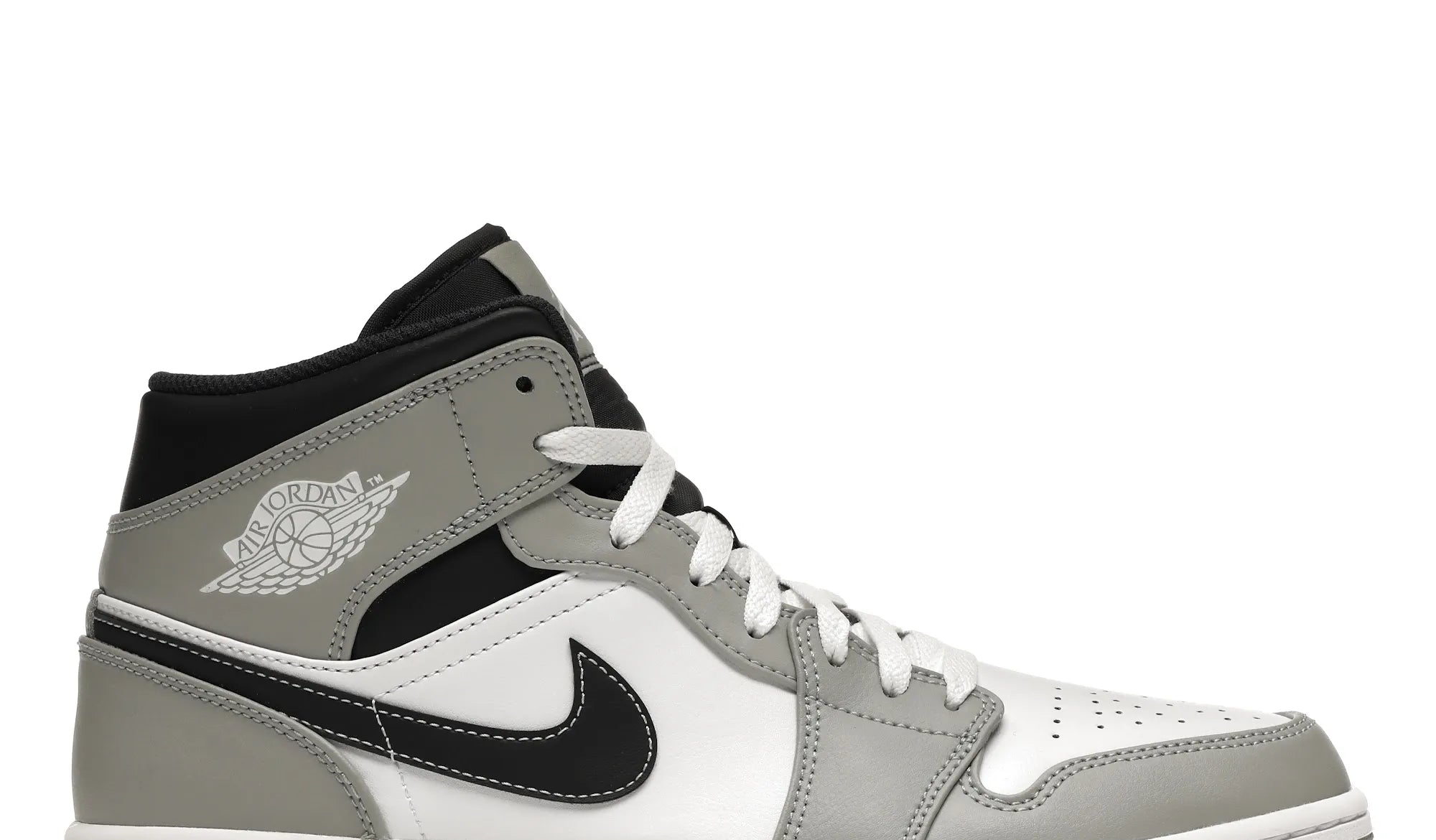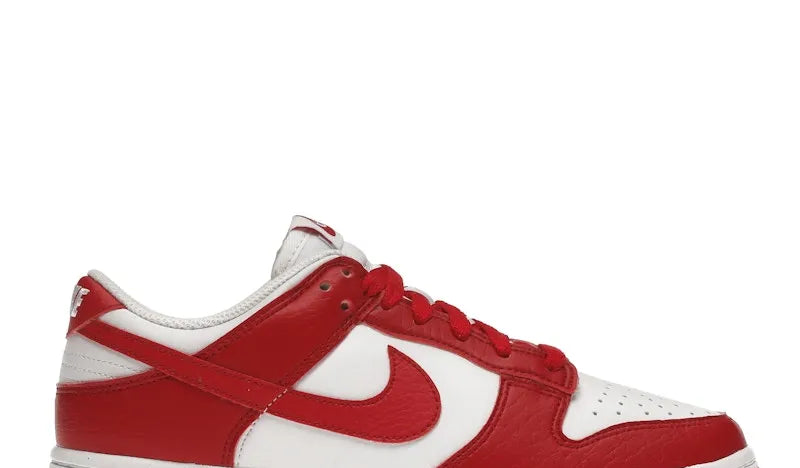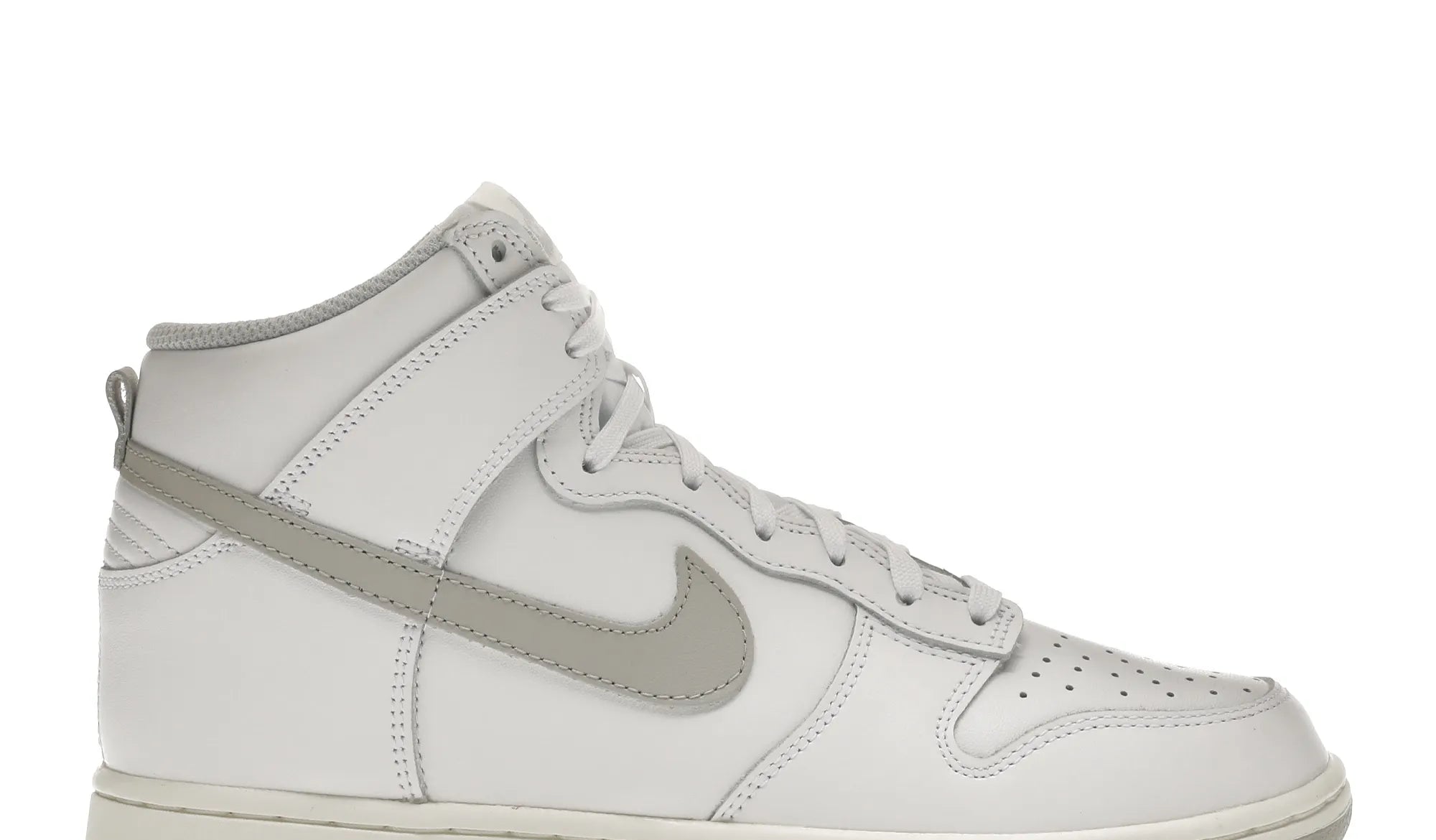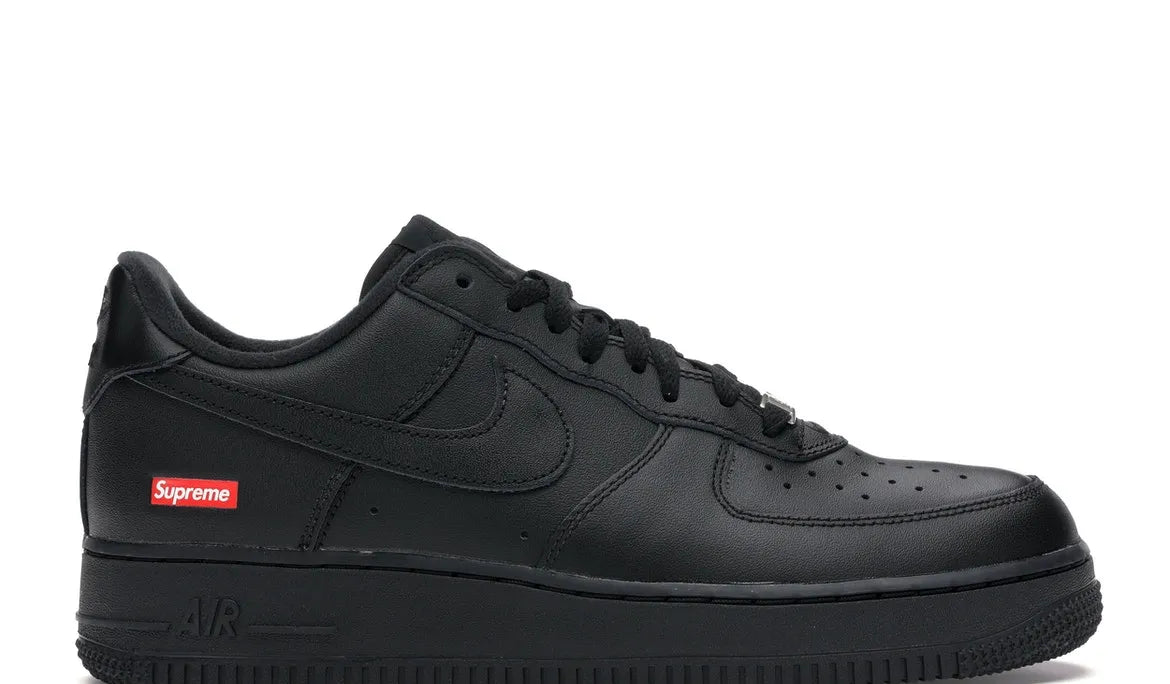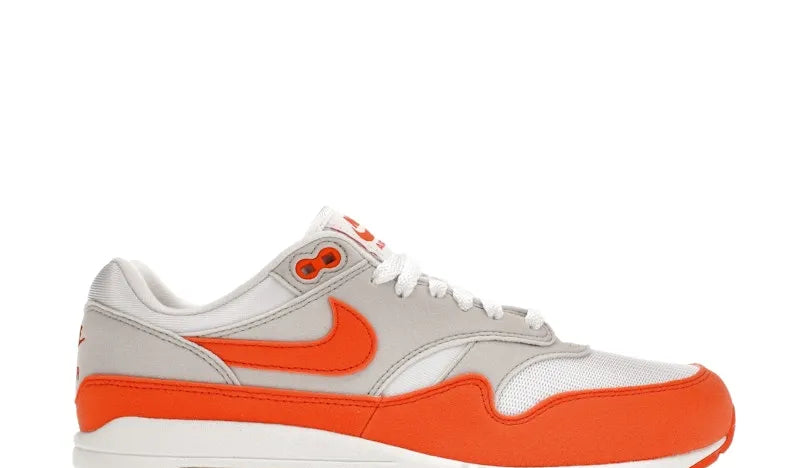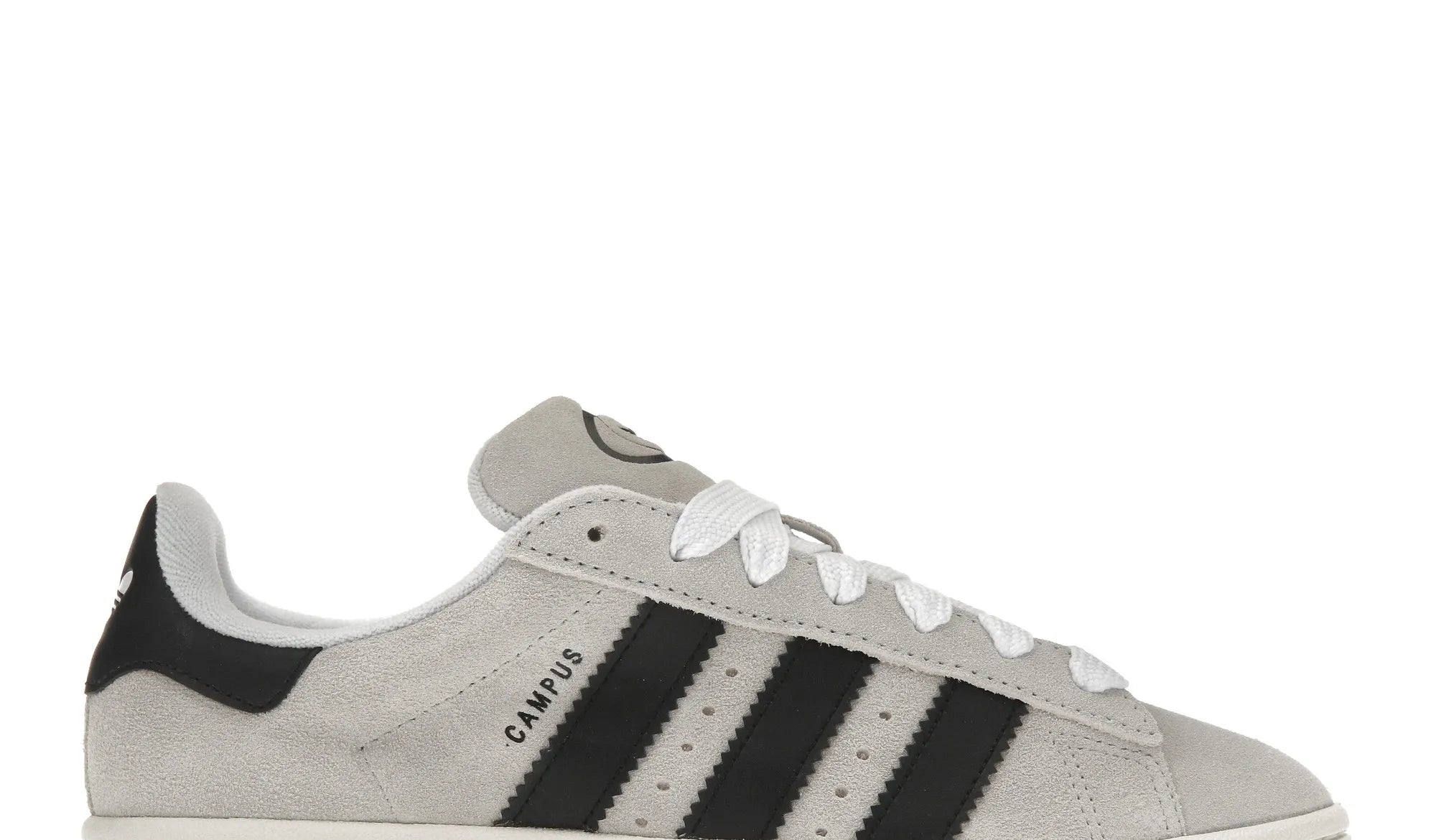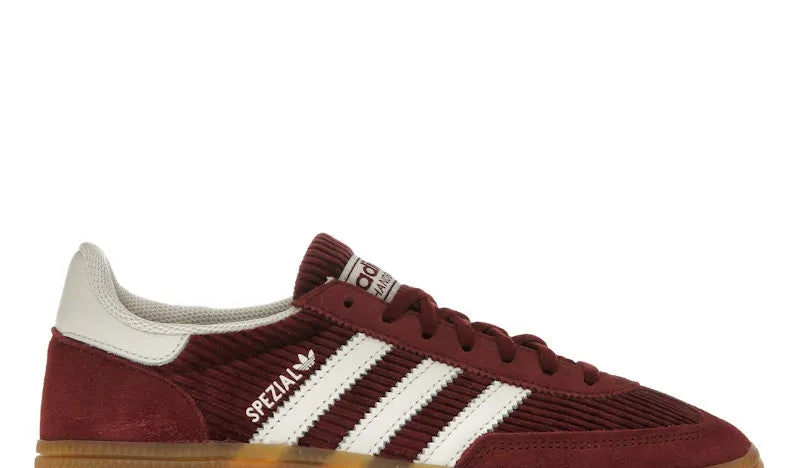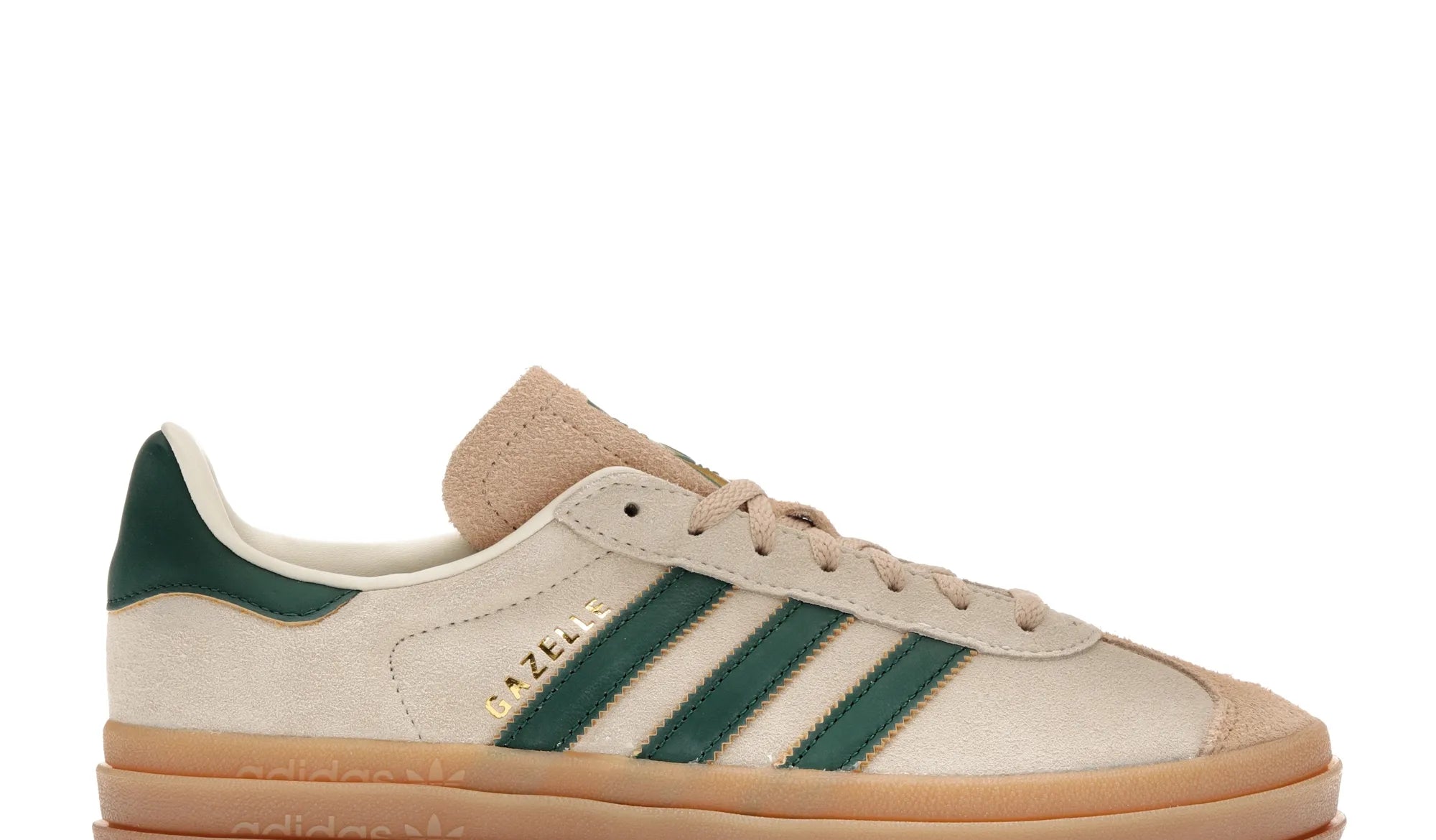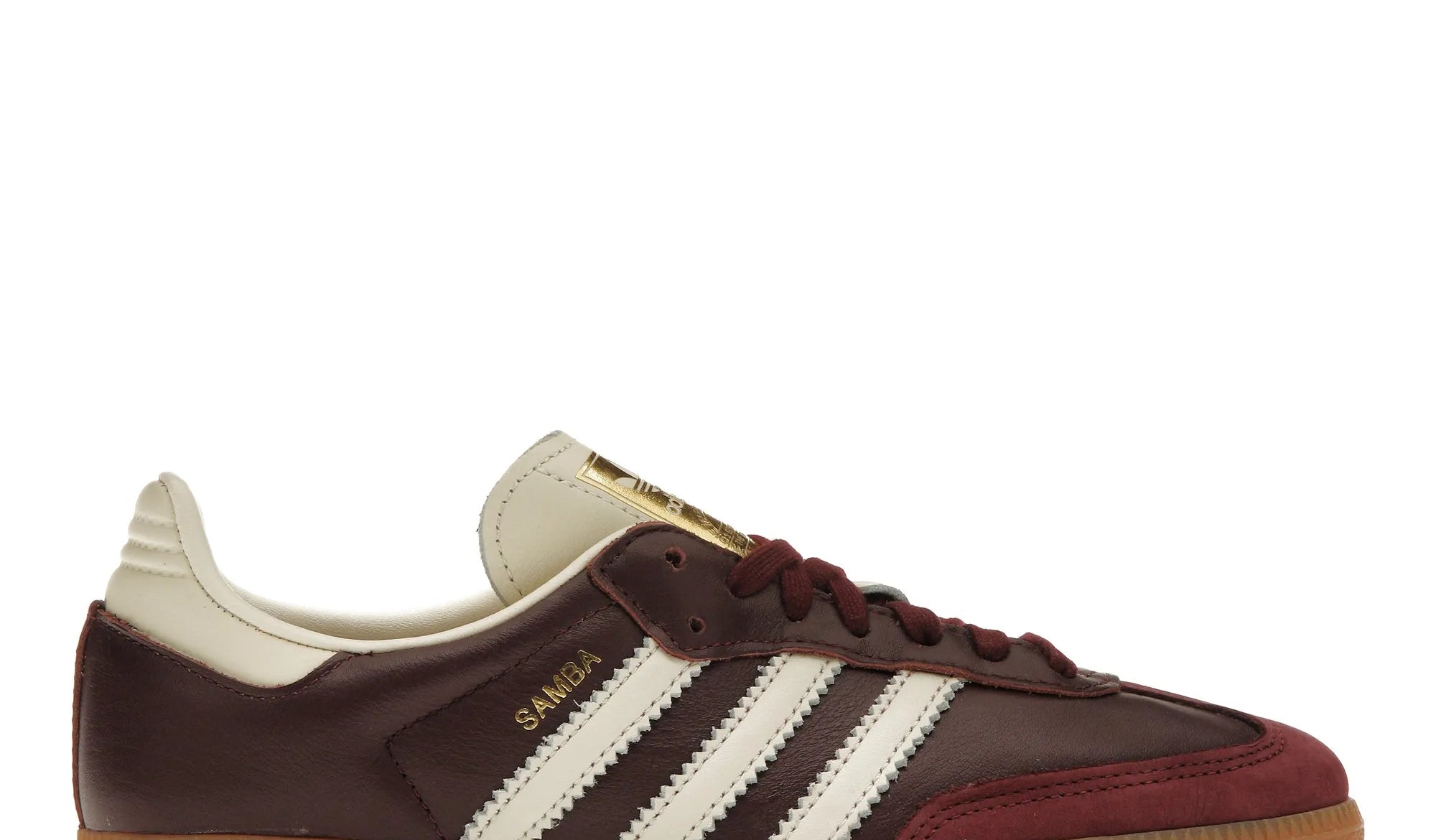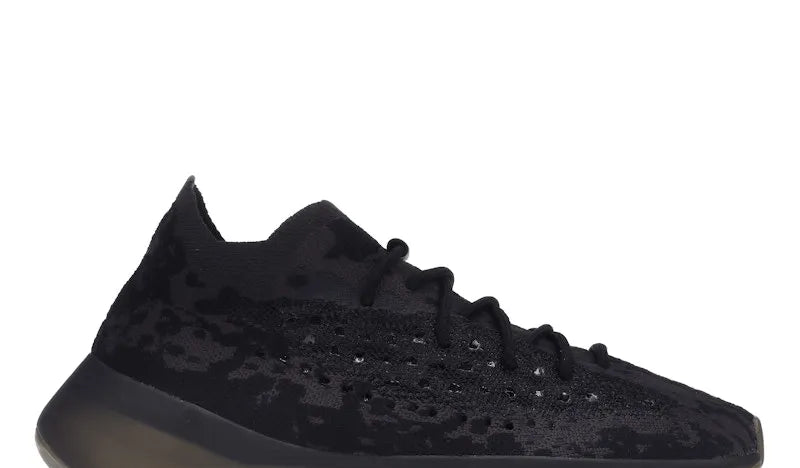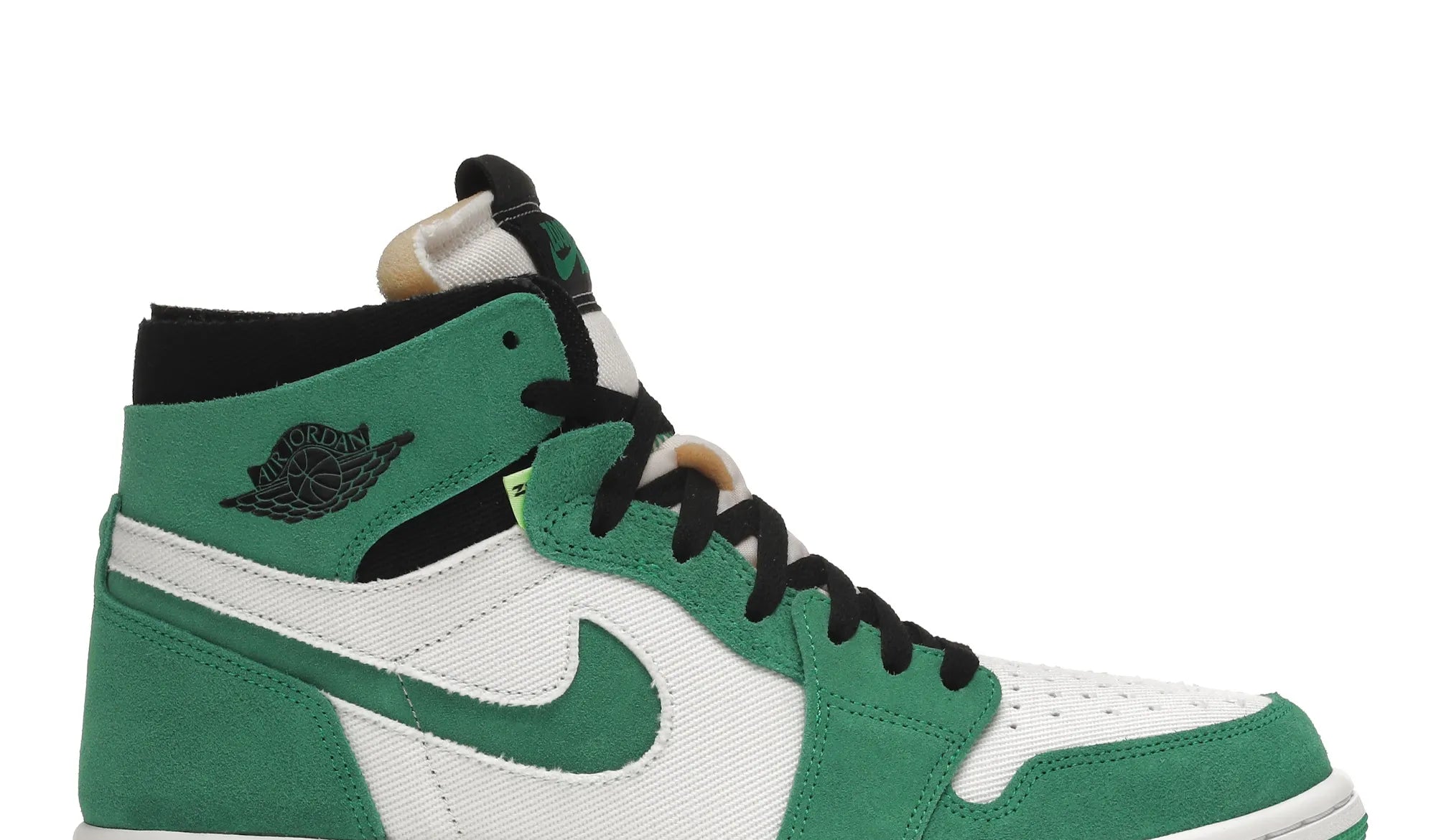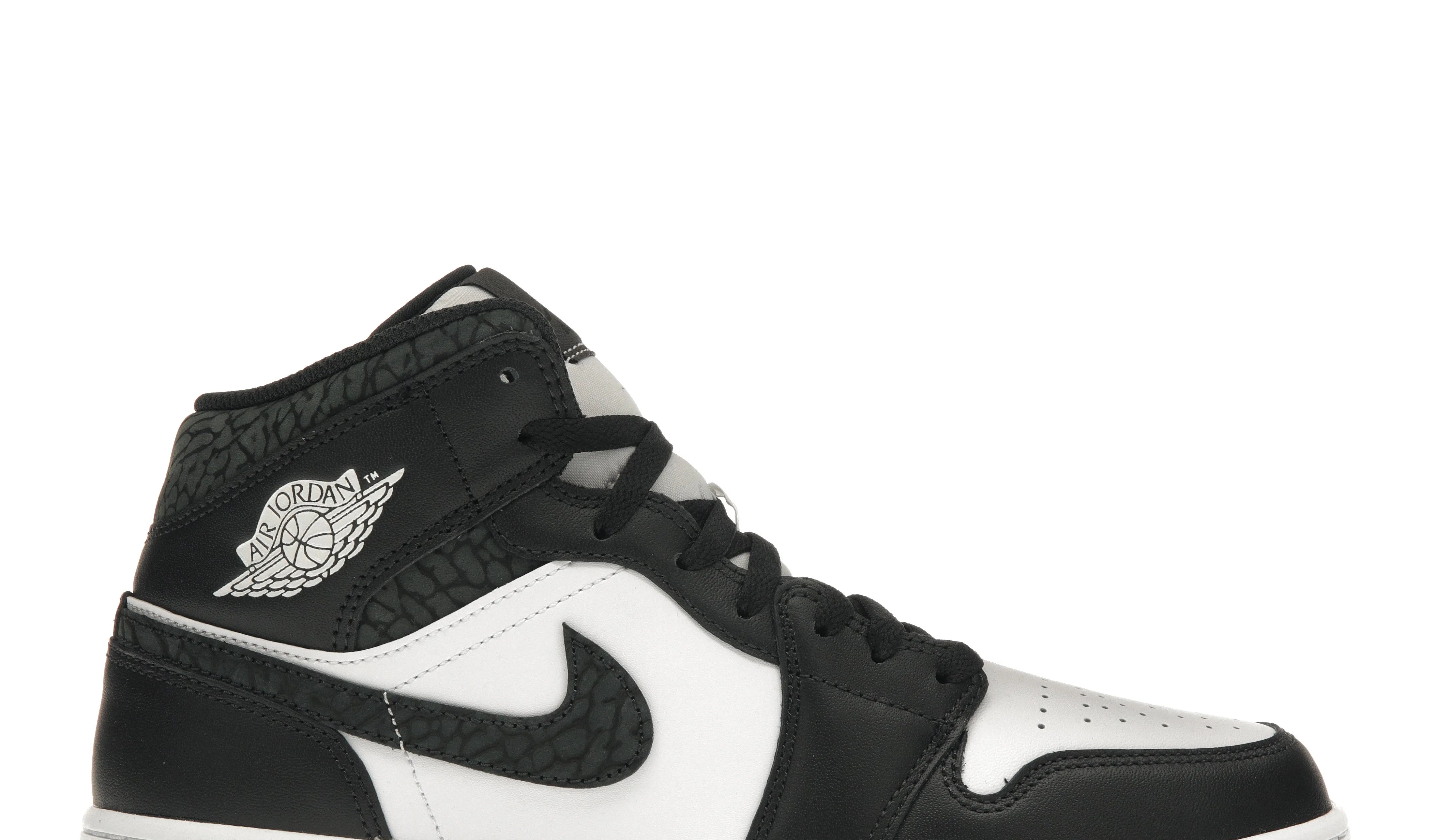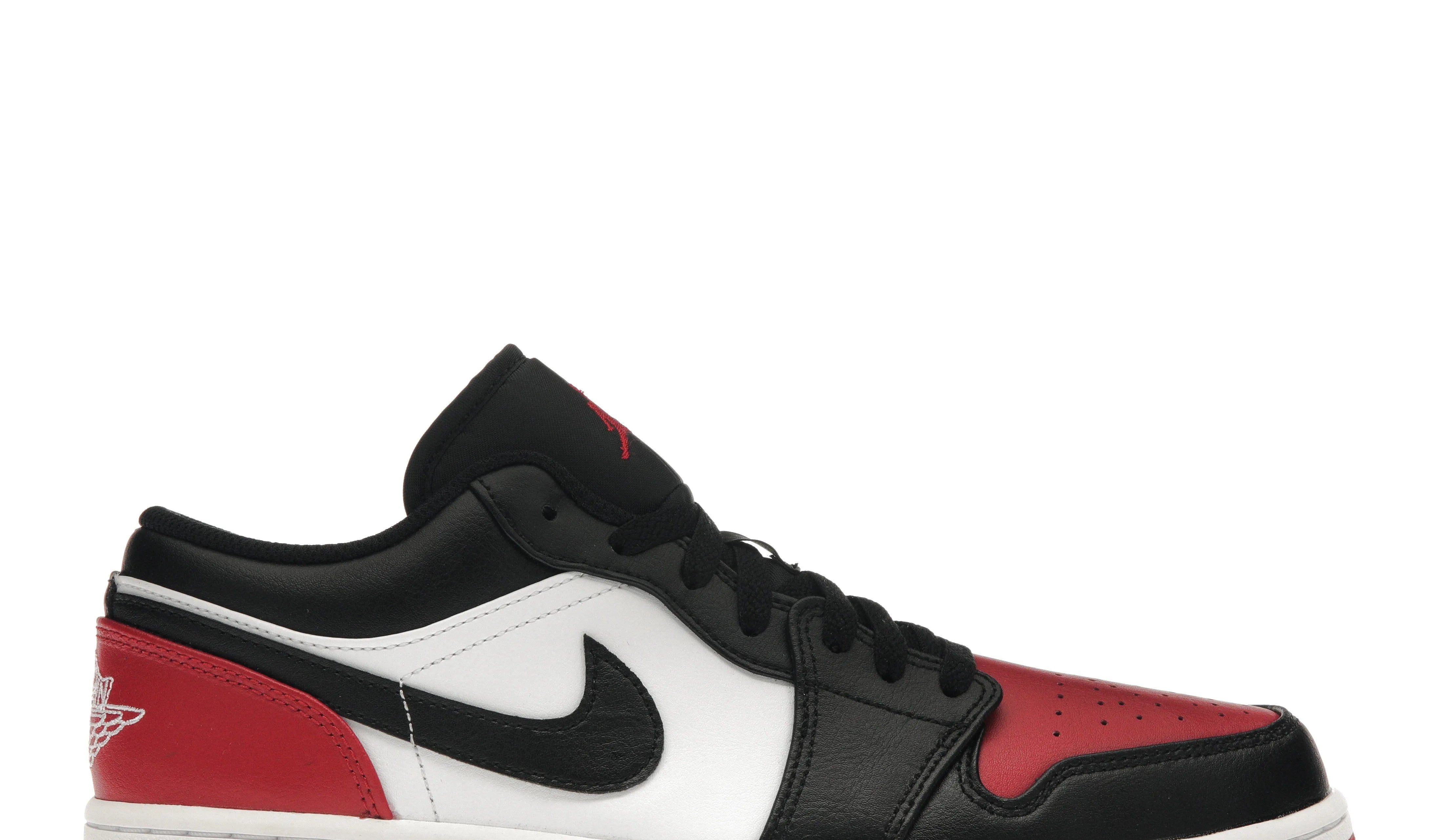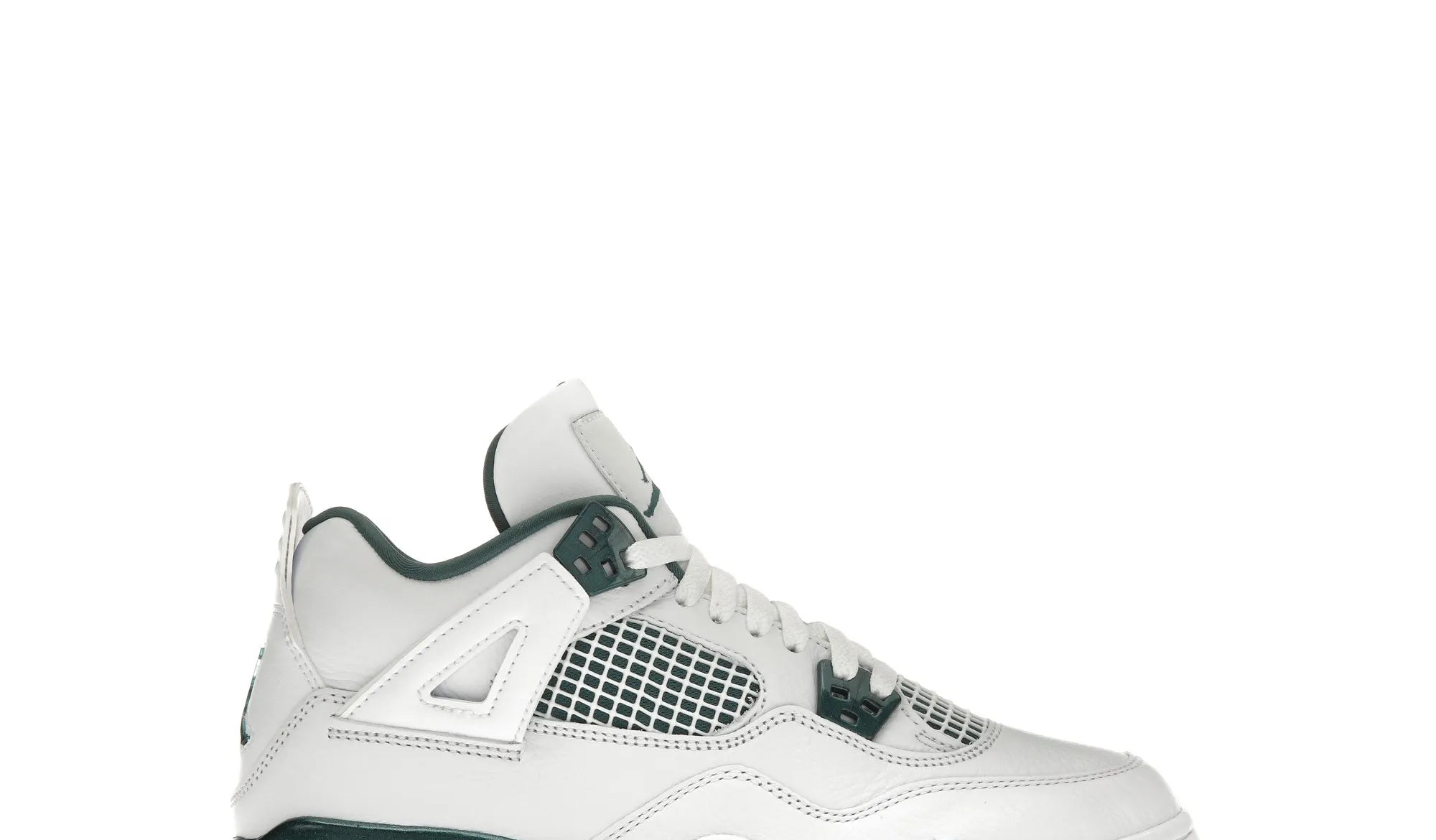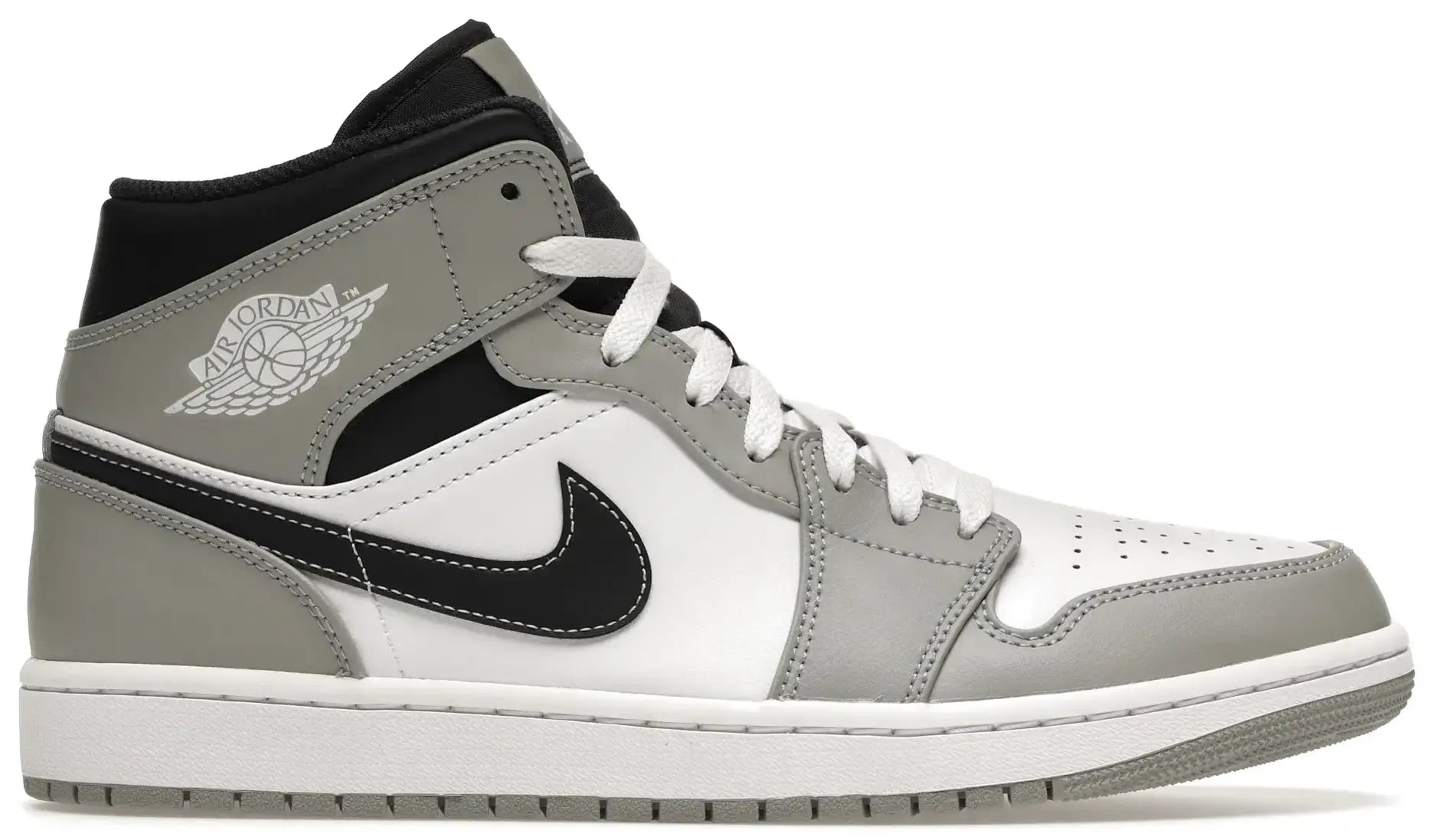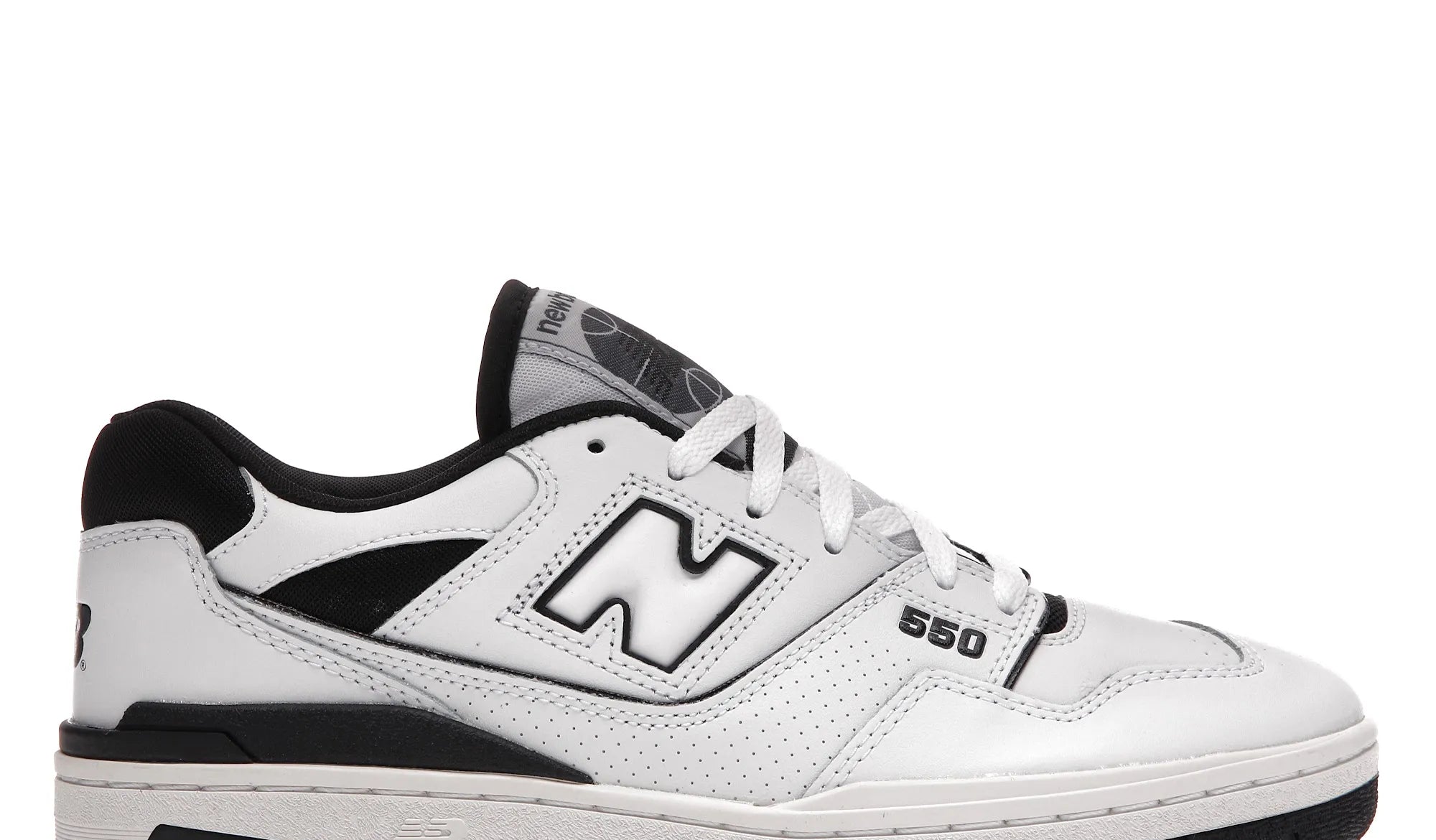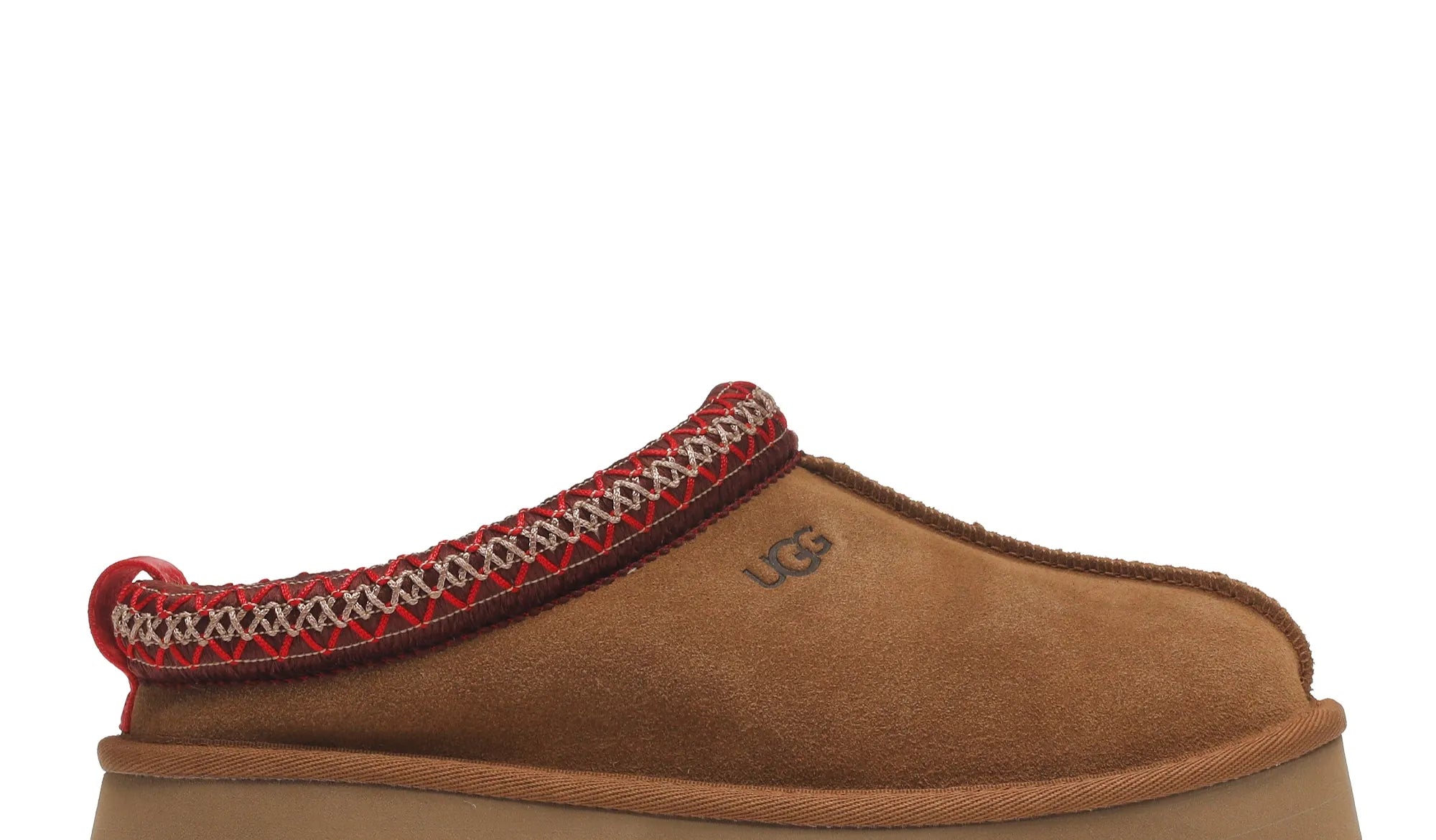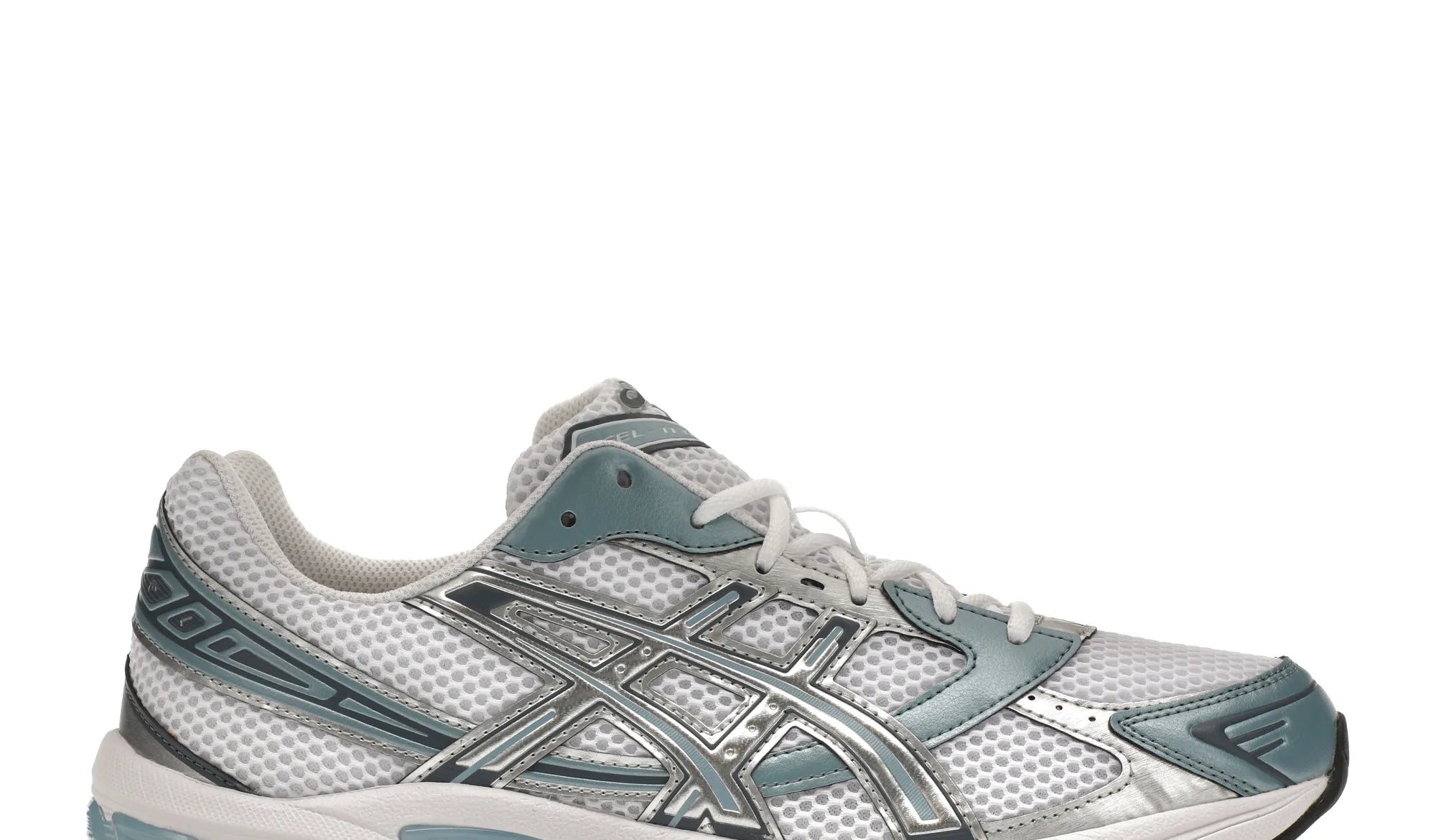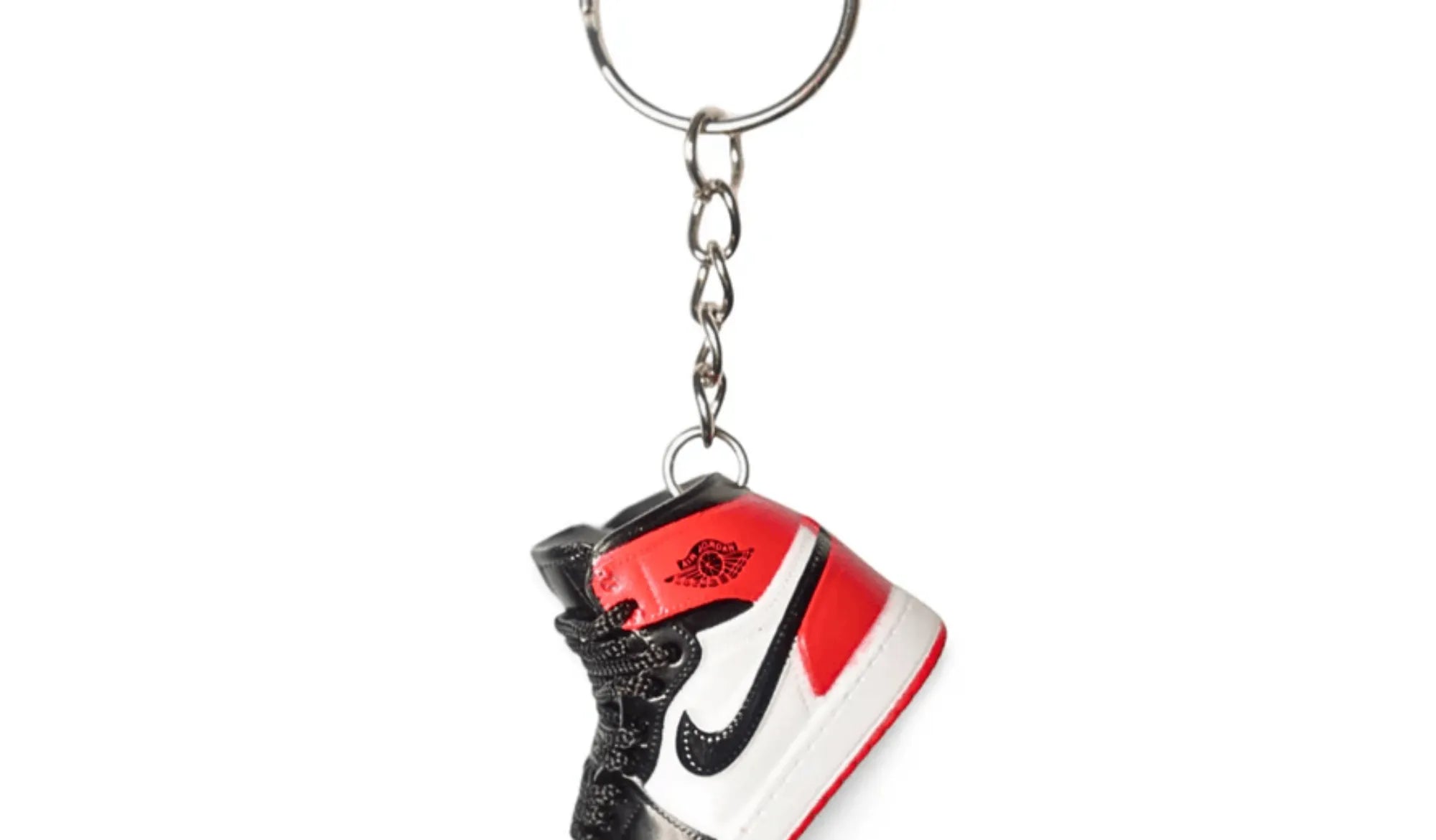What few understood or knew about ten years ago is now a topic that has entered the mainstream: sneaker collecting. Collecting shoes is no longer a rare hobby. And not only that, sneakers have become a part of everyday life for nearly all social classes. This phenomenon has been visible for about ten years, which isn't that long when we realize that sneakers appeared more than 150 years ago.
For a long time, sneakers were worn more for functional than aesthetic reasons. Today, we talk about sneaker culture, which has made its mark in history and inspires people all over the world. We will take you on a journey to discover where the term sneaker originated, how rubber-soled shoes inspired the streets, and ultimately the fashion and financial markets. And we will try to be concise.
Where does the term "sneaker" actually come from?
This term was coined in 1917 by Henry Nelson McKinney, an employee of the advertising agency (NW Ayer & Sons) in the USA. In English, the word is derived from the verb "to sneak," which means something like "to sneak around."And that was a unique selling point of this footwear at the time, as the rubber sole made it almost silent compared to leather shoes when the wearer walked. The success that initially crept in exceeded expectations - sneakers became legendary. By the way, in the UK and Australia, the more common term is "trainer" to this day.
How sneakers captured hearts around the world
Origins: tennis, croquet, and world wars
Before sneakers started appearing on the catwalks, a lot of time had passed. As you may know, sneakers have their origins in sports. Rubber-soled shoes were first created in the 1860s for tennis and croquet. The lightweight rubber sole was much more suitable than the leather-soled shoes that were common at the time. For a long time, they were worn exclusively for this purpose. When and how exactly the first sports shoes began to be worn on the streets is hard to say, and we don't want to delve too deeply into this question. What is certain, however, is that in the USA, it was children who first wore sneakers on the streets, and Americans generally embraced sneakers on the streets before anyone else. During the period between the two world wars, there was a movement that was heavily criticized by the public. Governments wanted to train their armies as best as possible, so physical education classes began to be taught in schools, the gymnastics movement developed, and with it, the production of sneakers, and thus their use on the streets. A little later, the era of aerobics also contributed to sneakers being worn as a fashion statement. The breakthrough, however, came with the hype surrounding basketball (and in Europe, also football) shoes.

Breakthrough: basketball, hip-hop, and rebellion
The origins of sneaker culture lie in the battle of giants for the best basketball shoes. In the early 1980s, the Adidas brand dominated the basketball market, among other things with the Adidas Superstar model, which was celebrated on the streets of New York and gained legendary status in 1986 thanks to the song "My Adidas" by RUN DMC. Meanwhile, other brands were scheming on how to rise to the forefront. This was primarily achieved by Nike, which, in collaboration with Michael Jordan, launched the model Air Jordan 1 High. When this happened in 1985, basketball fans went wild. Everyone wanted the red and black Jordan 1. The new basketball shoes and models like Adidas Samba (in Europe) sparked a sort of aesthetic revolution. Young people at that time wanted to rebel against the norm, so they wore sports shoes on the streets. Overall, sneakers became a huge hit due to the blending of various subcultures: basketball, football, running, skateboarding, hip-hop, and many more.

Rise: sneaker collecting, collaborations, and sneakerheads
The boom in basketball shoes led to an ever-increasing selection of colorways. This diversity was essential for the collecting culture. Even back then, brands relied on artificial scarcity, creating motivation to "fight" for the shoes or to spend a lot of time searching for them. The hip-hop movement rapped about sneakers in their songs, turning them into a status symbol. In addition to adult fans, there were also many kids who adored Jordans but couldn't afford them.
This was one of the reasons why sneaker collecting exploded a few years later: kids grew up and could finally afford their grails and wanted to have them all. At that time, there were no raffles (like today in the NIKE SNKRS app) or global releases, so to get your beloved sneakers, you had to make connections. Thus, a community was formed that operates worldwide, sticks together, and shares a common passion: to collect, wear, and admire sneakers and do everything possible to acquire them. Looking back, collectors say that through their passion for sneakers, they met true friends. They agreed to go camping together or met on the release day. However, sneaker culture is not just about the shoes themselves, but also about the brands, the history of the shoes, creativity, art, exclusivity, and the story behind the purchase of a shoe. At this point, we find it important to mention that a sneakerhead is not defined by how large their collection is, but rather by the determination with which they acquire a shoe.

In the 1980s, there were no sneaker stores as we know them in 2024. All of this developed over the course of decades. The community has grown immensely thanks to the first specialty stores and networking over the internet. In addition, the first collaborations with artists, brands, and stores emerged, which strengthened the history of sneakers and made it even more interesting. With the first camps and sold-out sneakers, resale prices within the community naturally increased. Back then, still within the bubble, it meant uninteresting to the mainstream. Just like today, various types of people move within the community. Some buy sneakers, to wear them, some display them at home as works of art, others keep them for the future and admire them. And then there are those who resell them to make a profit. This group has particularly grown in recent years as sneakers have truly entered the mainstream.
Key points: resale, auctions, and high fashion
Nowadays, sneakers are for many people more than just everyday footwear. Collectors consider them an investment, comparable to gold and precious stones. In April 2023, a pair of Air Jordan 13S "1998 NBA Finals Game" was auctioned at Sotheby's in London for $2.2 million. In 2021, a prototype of the Nike Air Yeezy 1 "Grammy Awards" was auctioned for $1.8 million. Absolutely insane. Brands like Adidas and Nike continue to intentionally produce small editions that the community still lines up for and is willing to buy at the highest prices. But how exactly did this happen?
As sneakers became increasingly popular, brands sought to generate even more interest through collaborations with artists and luxury brands. Rihanna, Travis Scott, Kanye West, and especially Virgil Abloh (and that's just a few examples) have shaped the footwear industry with their iconic collaborations for nearly a decade and helped it grow. The buzz around their sneakers benefited not only the brands but also collectors and resellers. Collaborations were sold in such limited quantities that they could sometimes be resold for ten times the original price, sometimes even more. In addition to the superstars designing the shoes, stars like the Kardashians helped open up a whole new target audience for sneaker culture. Suddenly, a mix of premium and classic fashion emerged. Wearing rare and cool sneakers became an increasingly prominent expression of social status. As a result, premium fashion brands like Chanel, Dior, and Louis Vuitton began to open up more to sneakers and introduced their own. This subsequently led to the creation of a new target audience.

And now?
Sneakers are and will remain the best footwear for everyday life, especially for us. We will always have a heart for sneaker collecting and the community. Because it is this community that we can thank for where we are today. With Kanye West's departure from Adidas, the tragic death of Virgil Abloh after illness, and the takeover of sneaker production by high fashion houses, the hype around reselling and collecting has somewhat flattened. In 2024, we will experience a trend of price comparisons and simple general releases that will please the community. Basketball silhouettes, which usually stood at the forefront of collecting, are not that interesting this year. Now is the time to wear and collect old models from Adidas and we are sure that some of them will delight you. Sneakers will certainly always be an attractive collectible item and for some community members, also a valuable investment. Trends will come and go, and we will have a heart for all topics, with collectors always finding interest in them. If you want to expand your own sneaker collection, we are always here for you.
